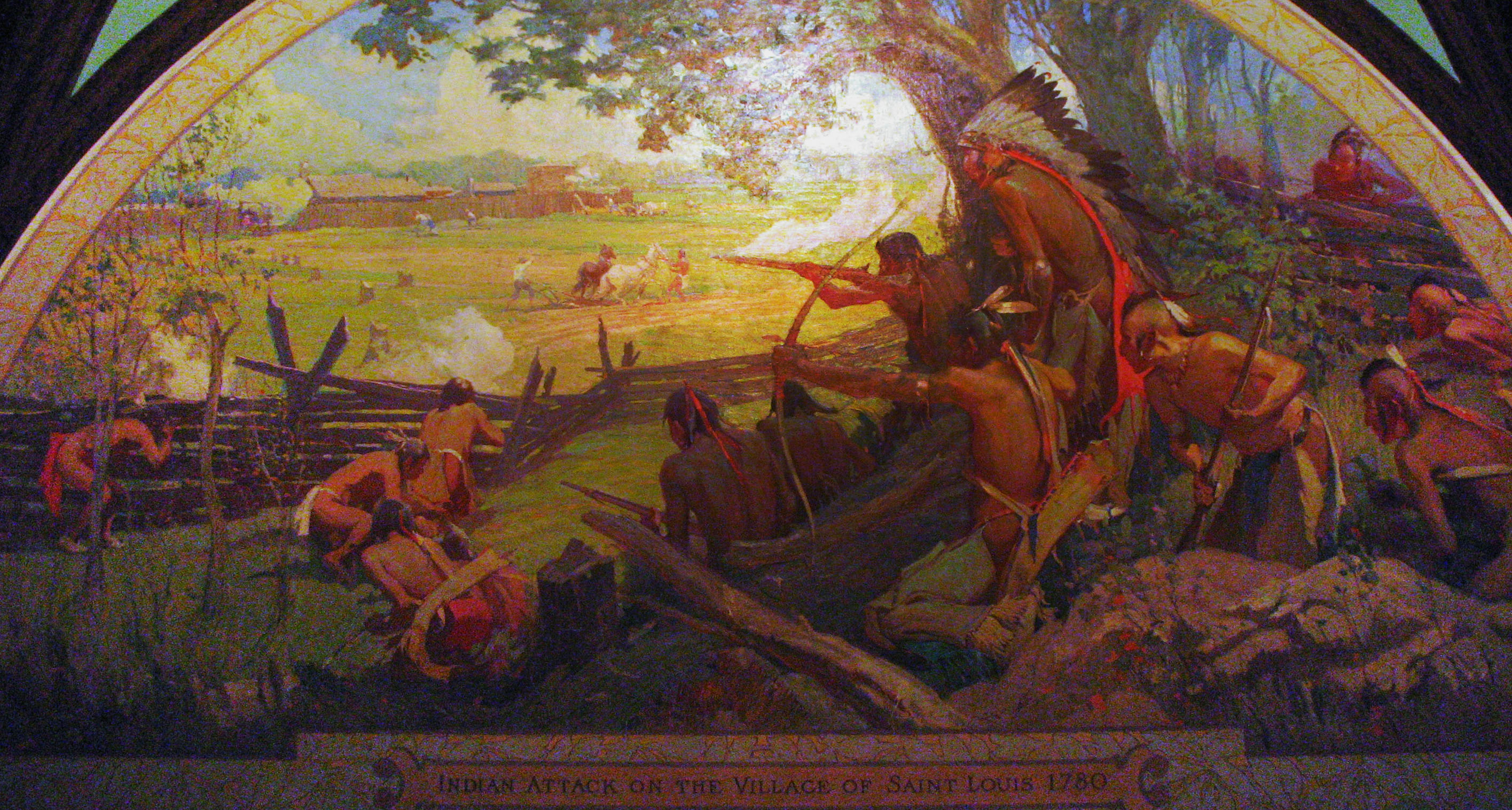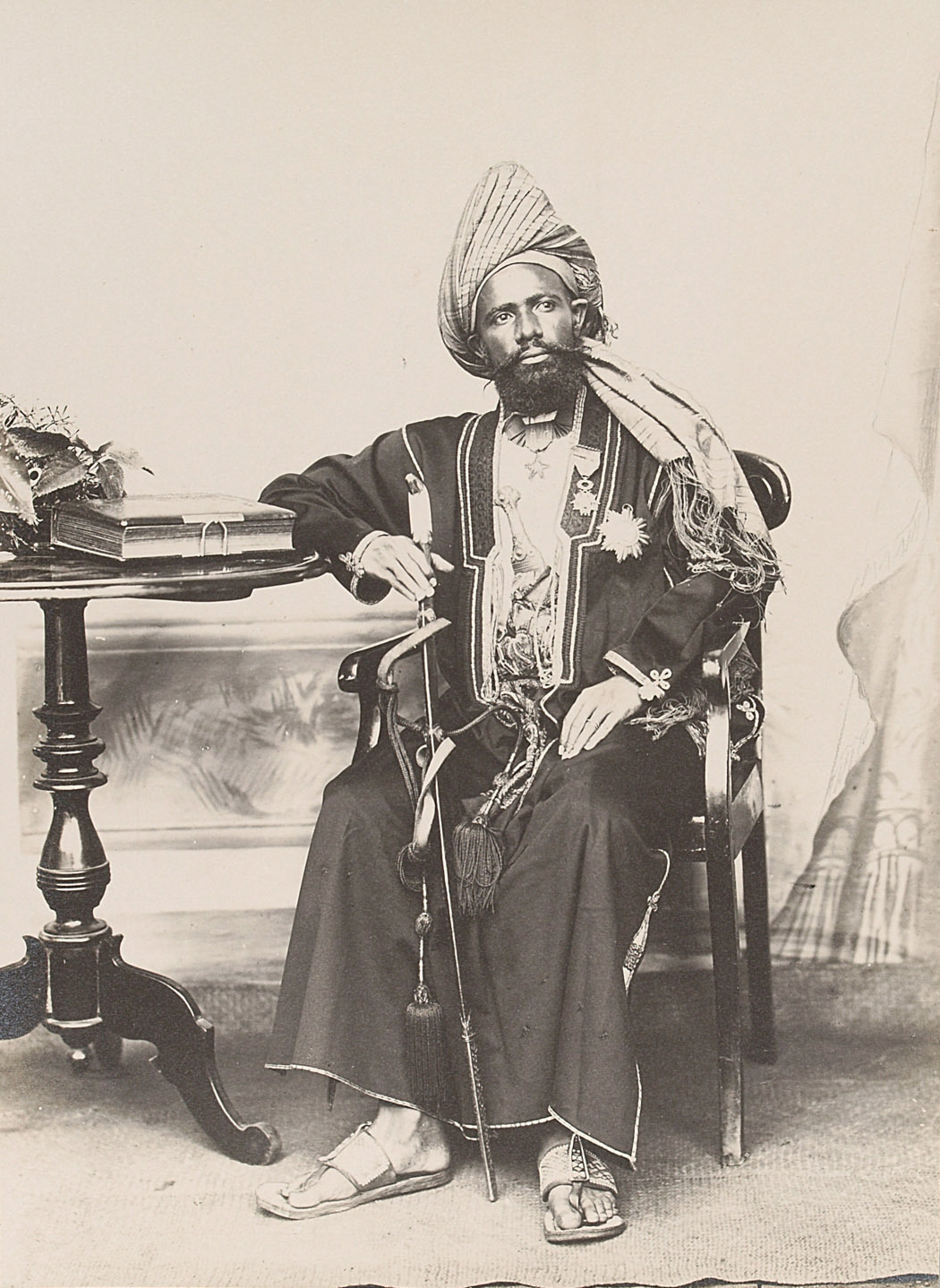|
Alphonse Milne-Edwards
Alphonse Milne-Edwards (Paris, 13 October 1835 – Paris, 21 April 1900) was a French mammalogist, ornithologist, and carcinologist. He was English in origin, the son of Henri Milne-Edwards and grandson of Bryan Edwards, a Jamaican planter who settled at Bruges (then in France). Milne-Edwards obtained a medical degree in 1859 and became assistant to his father at the ' in 1876. He became the director of the in 1891, devoting himself especially to fossil birds and deep-sea exploration. In 1881, he undertook a survey of the Gulf of Gascony with Léopold de Folin and worked aboard the ''Travailleur'' and the ''Talisman,'' researching the seas off the Canary Islands, the Cape Verde Islands, and the Azores. For this, he received a gold medal of the Royal Geographical Society. His major ornithological works include ' published in two parts in 1867 and 1872, ' 1866–1874 and ' 1868–1874. His study of fossils led to the discovery of tropical birds such as trogons and parrots from prehi ... [...More Info...] [...Related Items...] OR: [Wikipedia] [Google] [Baidu] |
Muséum National D'Histoire Naturelle
The French National Museum of Natural History ( ; abbr. MNHN) is the national natural history museum of France and a of higher education part of Sorbonne University. The main museum, with four galleries, is located in Paris, France, within the Jardin des Plantes on the left bank of the River Seine. It was formally founded in 1793, during the French Revolution, but was begun even earlier in 1635 as the royal garden of medicinal plants. The museum now has 14 sites throughout France. Since the 2014 reform, it has been headed by a chairman, assisted by deputy managing directors. The Museum has a staff of approximately 2,350 members, including six hundred researchers. It is a member of the national network of naturalist collections (RECOLNAT). History 17th–18th century File:Jardin du roi 1636.png, The Royal Garden of Medicinal Plants in 1636 File:Buffon statue dsc00979.jpg, Statue of Georges-Louis Leclerc, Comte de Buffon in the formal garden File:Buffon, Georges Louis - Leclerc, ... [...More Info...] [...Related Items...] OR: [Wikipedia] [Google] [Baidu] |
Trogon
The trogons and quetzals are birds in the order Trogoniformes which contains only one family, the Trogonidae. The family Trogonidae contains 49 species in seven genera. The fossil record of the trogons dates back 49 million years to the Early Eocene. They might constitute a member of the basal radiation of the order Coraciiformes and order Passeriformes or be closely related to mousebirds and owls. The word ''trogon'' is Greek for "nibbling" and refers to the fact that these birds gnaw holes in trees to make their nests. Trogons are residents of tropical forests worldwide. The greatest diversity is in the Neotropics, where four genera, containing 34 species, occur. The genus '' Apaloderma'' contains the three African species. The genera '' Harpactes'' and '' Apalharpactes'', containing twelve species, are found in southeast Asia. They feed on insects and fruit, and their broad bills and weak legs reflect their diet and arboreal habits. Although their flight is fast, they ... [...More Info...] [...Related Items...] OR: [Wikipedia] [Google] [Baidu] |
The Plant List
The Plant List was a list of botanical names of species of plants created by the Royal Botanic Gardens, Kew and the Missouri Botanical Garden and launched in 2010. It was intended to be a comprehensive record of all known names of plant species over time, and was produced in response to Target 1 of the 2002–2010 Global Strategy for Plant Conservation (GSP C), to produce "An online flora of all known plants". It has not been updated since 2013, and has been superseded by World Flora Online. World Flora Online In October 2012, the follow-up project World Flora Online was launched with the aim to publish an online flora of all known plants by 2020. This is a project of the United Nations Convention on Biological Diversity, with the aim of halting the loss of plant species worldwide by 2020. It is developed by a collaborative group of institutions around the world response to the 2011-2020 GSPC's updated Target 1. This aims to achieve an online Flora of all known plants by 2020 ... [...More Info...] [...Related Items...] OR: [Wikipedia] [Google] [Baidu] |
William Burck
William Burck (4 February 1848 in Monnickendam, the Netherlands – 25 September 1910 in Leiden, the Netherlands)William Burck (1848 - 1910) at the KNAW websiteBartelds Biography in the ''Nieuw Nederlandsch Biografisch Woordenboek'' was a Dutch . He obtained a doctorate from |
Hook
A hook is a tool consisting of a length of material, typically metal, that contains a portion that is curved/bent back or has a deeply grooved indentation, which serves to grab, latch or in any way attach itself onto another object. The hook's design allows traction forces to be relayed through the curved/indented portion to and from the proximal end of the hook, which is either a straight shaft (known as the hook's ''shank'') or a ring (sometimes called the hook's "''eye''") for attachment to a thread (yarn), thread, rope or chain, providing a reversible attachment between two objects. In many cases, the distal end of the hook is sharply pointed to enable penetration into the target material, providing a firmer anchorage. Some hooks, particularly fish hooks, also have a ''barb'', a backwards-pointed projection near the pointed end that functions as a secondary "mini-hook" to catch and trap surrounding material, ensuring that the hook point cannot be easily pulled back out once e ... [...More Info...] [...Related Items...] OR: [Wikipedia] [Google] [Baidu] |
Palaquium Gutta
''Palaquium gutta'' is a tree in the family Sapotaceae. The specific epithet ' is from the Malay word ''getah'' meaning 'sap or latex'. Description ''Palaquium gutta'' grows up to tall. The bark is reddish brown. Inflorescences bear up to 12 flowers. The fruits are round or ellipsoid, sometimes brownish tomentose, up to long. Distribution and habitat ''Palaquium gutta'' is native to Sumatra, Peninsular Malaysia, Singapore and Borneo. Its habitat is lowland mixed dipterocarp, '' kerangas'' and limestone forests. Uses The seeds of ''Palaquium gutta'' are used to make soap and candles, occasionally in cooking. The latex is used to make gutta-percha. The timber is logged and traded as nyatoh. Conservation ''Palaquium gutta'' has been assessed as Near Threatened on the IUCN Red List The International Union for Conservation of Nature (IUCN) Red List of Threatened Species, also known as the IUCN Red List or Red Data Book, founded in 1964, is an inventory of the global co ... [...More Info...] [...Related Items...] OR: [Wikipedia] [Google] [Baidu] |
Taxonomic Synonym
In taxonomy, the scientific classification of living organisms, a synonym is an alternative scientific name for the accepted scientific name of a taxon. The Botanical nomenclature, botanical and Zoological nomenclature, zoological codes of nomenclature treat the concept of synonymy differently. * In nomenclature, botanical nomenclature, a synonym is a Binomial nomenclature, scientific name that applies to a taxon that now goes by a different scientific name. For example, Carl Linnaeus, Linnaeus was the first to give a scientific name (under the currently used system of scientific nomenclature) to the Norway spruce, which he called ''Pinus abies''. This name is no longer in use, so it is now a synonym of the current scientific name, ''Picea abies''. * In zoology, moving a species from one genus to another results in a different Binomial nomenclature, binomen, but the name is considered an alternative combination rather than a synonym. The concept of synonymy in zoology is reserved f ... [...More Info...] [...Related Items...] OR: [Wikipedia] [Google] [Baidu] |
Saint Louis, Missouri
St. Louis ( , sometimes referred to as St. Louis City, Saint Louis or STL) is an independent city in the U.S. state of Missouri. It lies near the confluence of the Mississippi and the Missouri rivers. In 2020, the city proper had a population of 301,578, while its metropolitan area, which extends into Illinois, had an estimated population of over 2.8 million. It is the largest metropolitan area in Missouri and the second-largest in Illinois. The city's combined statistical area is the 20th-largest in the United States. The land that became St. Louis had been occupied by Native American cultures for thousands of years before European settlement. The city was founded on February 14, 1764, by French fur traders Gilbert Antoine de St. Maxent, Pierre Laclède, and Auguste Chouteau.Cazorla, Frank; Baena, Rose; Polo, David; and Reder Gadow, Marion. (2019) ''The governor Louis de Unzaga (1717–1793) Pioneer in the Birth of the United States of America''. Foundation, Malaga, ... [...More Info...] [...Related Items...] OR: [Wikipedia] [Google] [Baidu] |
Missouri Botanical Garden
The Missouri Botanical Garden is a botanical garden located at 4344 Shaw Boulevard in St. Louis, Missouri. It is also known informally as Shaw's Garden for founder and philanthropy, philanthropist Henry Shaw (philanthropist), Henry Shaw. Its herbarium, with more than 6.6 million specimens, is the second largest in North America, behind that of the New York Botanical Garden. Its Peter H. Raven Library contains 85% coverage of all literature ever published on systematic botany and plant taxonomy. The ''Index Herbariorum'' code assigned to the herbarium is MO and it is used when citing housed specimens. History The land that is currently the Missouri Botanical Garden was previously the land of businessman Henry Shaw. Founded in 1859, the Missouri Botanical Garden is one of the oldest botanical institutions in the United States and a National Historic Landmark. It is also listed in the National Register of Historic Places. In 1983, the botanical garden was added as the fourt ... [...More Info...] [...Related Items...] OR: [Wikipedia] [Google] [Baidu] |
Isonandra
''Isonandra'' is a genus of plants in the family Sapotaceae found in tropical Asia, described as a genus in 1840. ''Isonandra'' is native to India, Sri Lanka, Malaysia, and Borneo Borneo () is the List of islands by area, third-largest island in the world, with an area of , and population of 23,053,723 (2020 national censuses). Situated at the geographic centre of Maritime Southeast Asia, it is one of the Greater Sunda .... ;species References Sapotaceae genera Taxonomy articles created by Polbot Flora of the Indomalayan realm {{Sapotaceae-stub ... [...More Info...] [...Related Items...] OR: [Wikipedia] [Google] [Baidu] |
Léon Humblot
Léon Joseph Henry Humblot (3 June 1852 in Nancy – 20 March 1914) was a French naturalist and botanical collector.Historical Dictionary of the Comoro Islands by Martin Ottenheimer, Harriet Ottenheimer He worked as a gardener for the in Paris, then in 1878 embarked on a research trip to , where he set up an experimental garden and collected |
Grande Comore
Grande Comore (; ) is an island in Comoros off the coast of Africa. It is the largest island in the Comoros nation. Most of its population is of the Comorian ethnic group. Its population is about 316,600. The island's capital is Moroni, which is also the national capital. The island is made up of two shield volcanoes, with Mount Karthala being the country's highest point at above sea level. According to the 2009 revision of the constitution of 2002, it is governed by an elected Governor, as are the other islands, with the federal government being much reduced in power. The name Ngazidja is sometimes seen in the now nonstandard form Njazidja. History For several centuries, Grande Comore was divided into a number of sultanates, including Bambao, Itsandra, Mitsamihuli, Mbajini, Hambuu, Washili, Hamahame, Mbwankuu, Mbude and Domba. The sultans were also known as ''mfaume''. In 1886, the ruler of Anjouan, Sultan Said Ali bin Said Omar declared a "state of Ngazidja", usurping ... [...More Info...] [...Related Items...] OR: [Wikipedia] [Google] [Baidu] |




